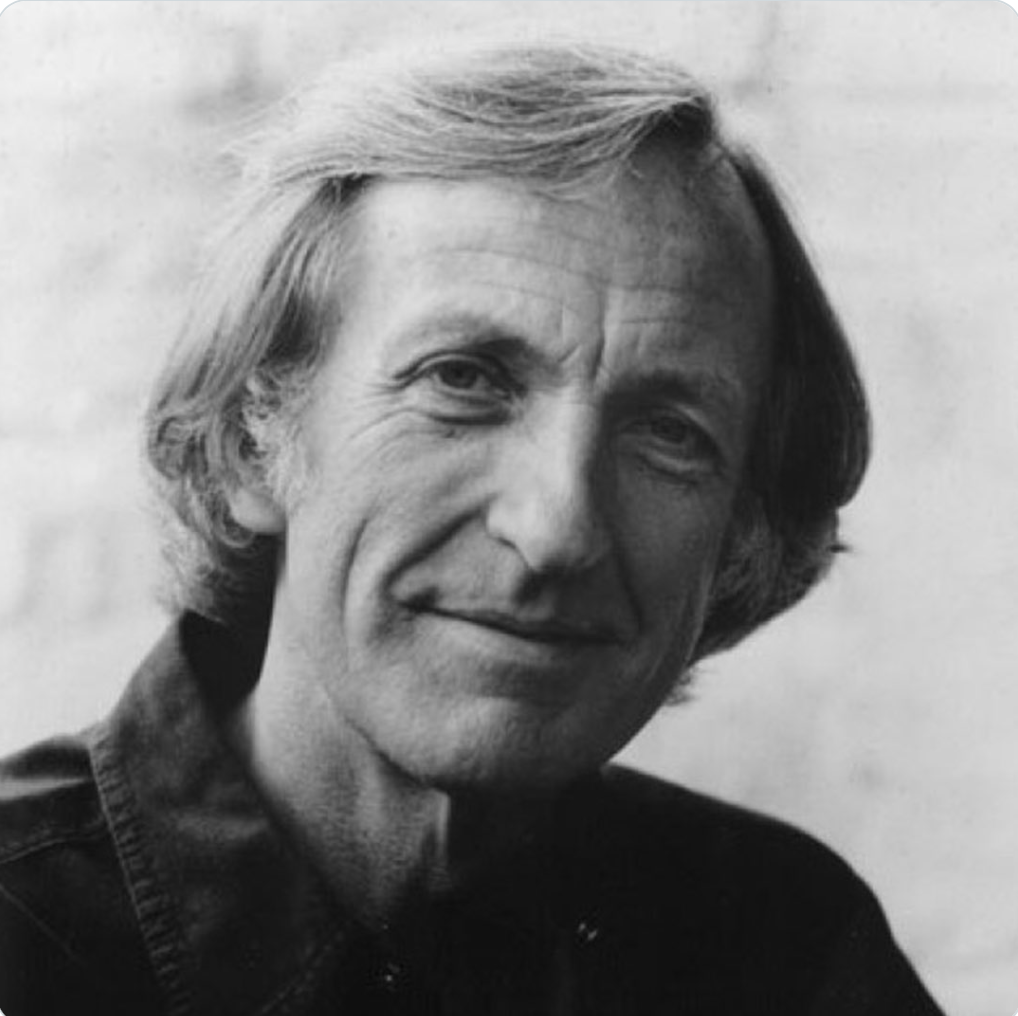

A look at Japanese society and its emergent nationalism.
“You are more than likely to be watching this on a Japanese television set. If you’re out, you may have recorded it on video – Japanese, of course. And you may have checked the programmes by your Japanese watch. Perhaps at the weekend you drove to the park in your Japanese car and took snaps with your Japanese camera.”
Two decades after writing in the Daily Mirror about the rise of Japan as an economic power, John Pilger returned to the country to make Japan: Behind the Mask, arguing that the “miracle” was based largely on the work, and often deprivation, of the majority.
He describes the intense pressure on children to do well at school, low pay, the crushing of trade unions and 1.6 million officially unemployed – in contrast to the mask of a docile workforce presented to the outside world. Glossy images of commercials for Japanese goods are seen alongside film of sweatshops and pollution sufferers. In Kawasaki, the world’s largest industrial city, Pilger discovers one million people living alongside petrochemicals, power stations and thousands of small factories.
Behind another mask – the constitutional stipulation that only 1 per cent of the country’s gross domestic product can be spent on a self-defence force – is the reality of Japan having become the second-largest military power in Asia, after China, and the seventh-largest in the world, also playing host to 119 American military facilities.
Pilger finishes with a warning that Japan, which imports much of its food and most of its energy, and is tied to the fortunes of the United States, could be vulnerable to a further weakening of the American economy – but expresses his admiration for the people’s “everyday kindness, modesty and grace”.
Japan: Behind the Mask (Viewpoint 87, Central Independent Television), ITV, 13 January 1987
Producer-director: Alan Lowery (52 mins)


